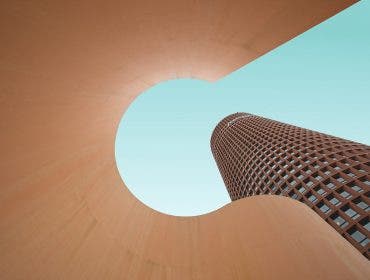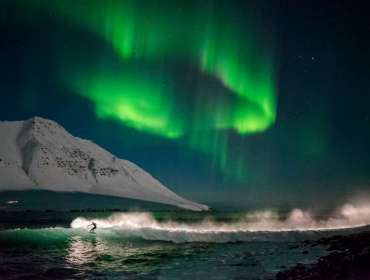Sub-framing is a type of compositional photography technique wherein one or more photo elements are framed by another element. It’s a good way to add interest to the photo, lead the viewer’s eye towards the middle of the sub-frame, and emphasize a subject. It can take any shape or form, as long as it frames and adds focus to the intended subject or scene.
Photographers use manmade sub-frame elements when they want a more symmetrical and predictable shape. Natural sub-frame elements, however, help make for unusual and visually interesting compositions that are more engaging for viewers.
How does sub-framing improve photos?

Sub-framing does more than just add emphasis to an object or scene. Here is what this compositional technique does in order to grab the attention of viewers and add depth to photos:
Incorporates depth and layers
Adding a sub-frame in a photo adds dimension and separates the foreground and background. Using a large aperture and adding blur (bokeh) effect to a sub-framed photo also helps add an interesting mood and depth to the overall look of the image.
Contextualizes images
As should every compositional technique or element, sub-framing gives added context to a photo. It provides support in telling the photographer’s story, imparts a particular message to viewers, and subtly hints at the intended meaning of the photo.
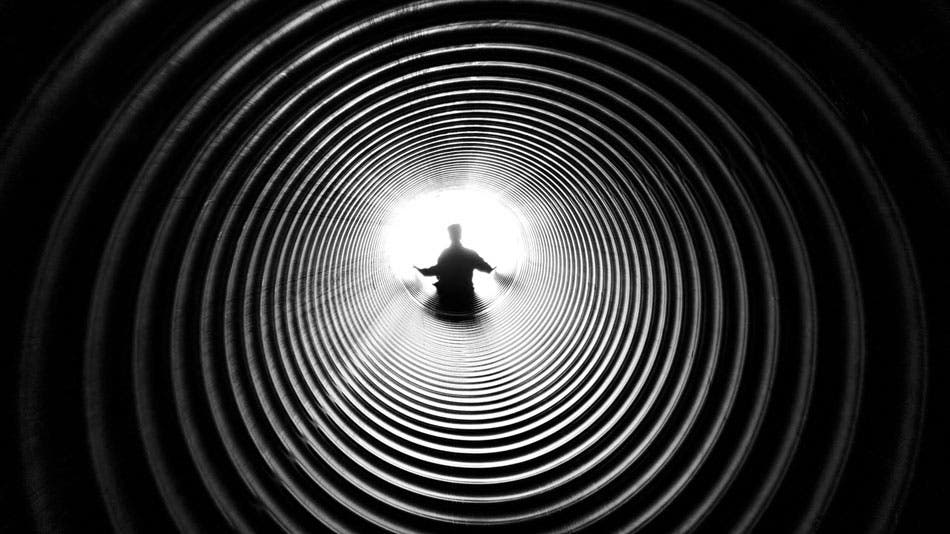
Guides viewer’s eye to the focal point
Virtually any sub-frame shape can draw in viewers as it naturally leads the eyes to the subject or scene beyond or in the middle of the frame. Not only that, it is believed that photos with sub-frames also encourages them to keep their focus locked on the main focal point longer than usual.
Intrigues the spectator
Less is more. Strategic framing not only improves a photo’s aesthetics but also mystifies its viewers. It makes them wonder about what’s in the middle or behind the frame and triggers their emotions without giving the real meaning of the entire image away.
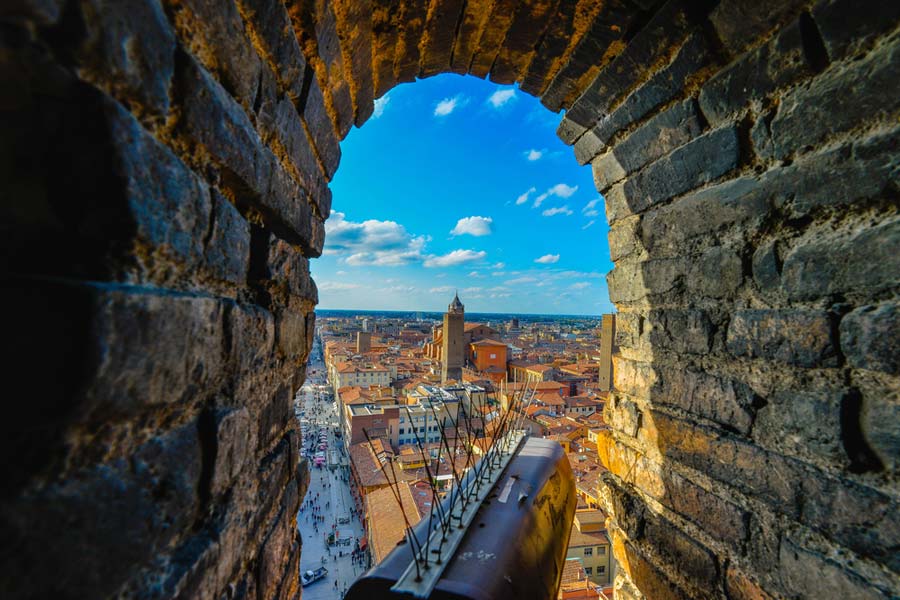
What is foreground framing?
Foreground framing is type of sub framing photography where foreground elements are used to frame the main subject. It may be used in landscapes, nature, portraits, and many other photography genres. Be sure the sub frame doesn’t detract from the overall harmony of your composition, however. If the elements are too distracting, you can use creative depth of field techniques to blur out the frame but still convey the feeling of the main subject being framed. For example, you could use out of focus flowers in the foreground to frame a distant mountain. Similarly, you could an open window in the foreground to frame a person or face outside.
Read on for some tips (and an instructional video) on how to use the sub-framing technique to improve your photos.
Tips for Incorporating Sub-Framing in Your Photography Composition

1. Experiment with a variety of sub-frames
The easiest thing to do is to use a square or rectangular frame for your shot. However, using frames of different sizes, shapes, and compositional elements—even those with less than four sides—can give you the most natural and visually pleasing photos. You can even try using multiple elements that are of similar shapes or colors to come up with a single “frame” for your photo. A good example of this is the use of leaves or trees to frame the clear blue sky or a beautiful piece of landscape.
2. Refine the usual clear sky
The sky is a vast and dynamic subject. Most photographers want to showcase the changing colors of the sky and the interesting textures of clouds. Take your shots of the sky to another level by incorporating sub-frames out of natural or manmade framing elements and allowing them to fame the usual, clear blue skies. Photographers can turn elements into silhouetted frames, too.
3. Go for natural frames
Natural frames are best appreciated when they’re loosely incorporated in a photo. Viewers should feel that they are not forced into the photo with the intention of improving the appearance of a mundane subject or scenery. Instead of making a sub-frame an added or excess layer, it should be an integrated component that “completes” your photo. Natural frames like trees, branches, fallen leaves, doorways, arches and columns, and even rock formations should be significantly related to your subject in order to achieve a more harmonious composition.
4. Control the gaze of the viewer
Sub-frames attract a spectator’s eye and leads it towards the focal point. This is a common goal usually achieved by incorporating complementary frames that will make your subject appear more distinct and prominent. In order to do this properly, make sure that your sub-frame will not grab the attention away from your intended subject. Integrating a frame with leading lines can help avoid this issue.
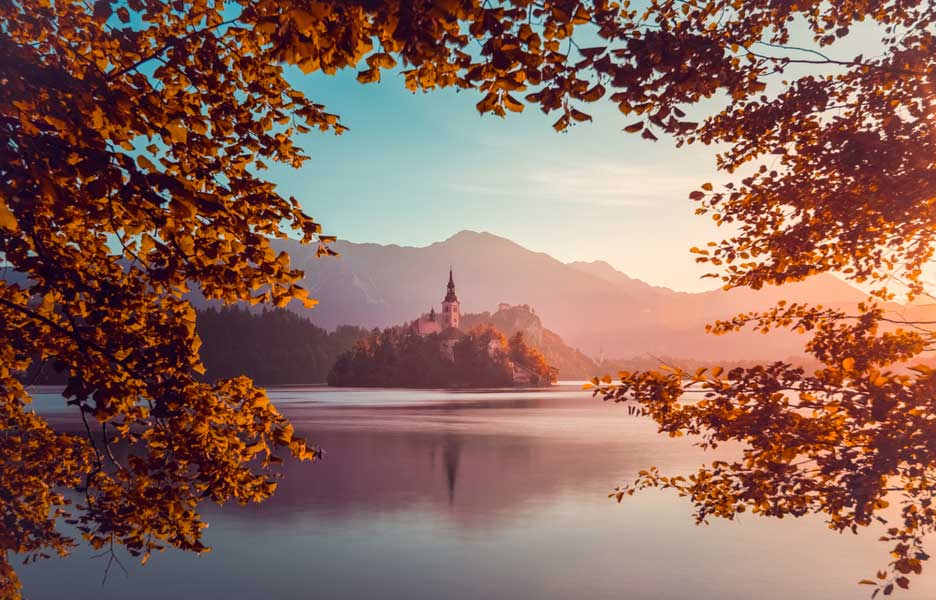
5. Try asymmetrical frames
Many think frames should always consist of four (usually symmetrical) sides. However, sub-framing in photography includes good use of two or three-sided frames. They work the same in emphasizing a particular scene or subject by allowing viewers to unconsciously pay attention to the lacking side. The use of an unusually-shaped frame then fulfills the shooter’s goal of adding focus to their intended subject as well as interest to the photo.
6. Use sub-frames to send messages
Appropriate photographic composition is vital to creating a photo that has purpose and meaning. Sub-framing can be an effective photography technique in relaying a photographer’s message or advocacy to their viewers. When composing a photo with a sub-frame, consider how the subject placement, perspective, mood, tone, as well as the vitality of present photo elements can effectively speak to your audience.
7. Play around with it
While tips can definitely help improve your photos, it is through self-practice and discovery that you can finally achieve your own style. After all, an image is not always judged or measured by how many elements or techniques are used. It is the photographer’s instinct that helps decide how a photo will turn out and affect its viewers. By simply capturing images your own way and experimenting with the use of sub-frames, you may just come up with some of the most interesting compositions.



